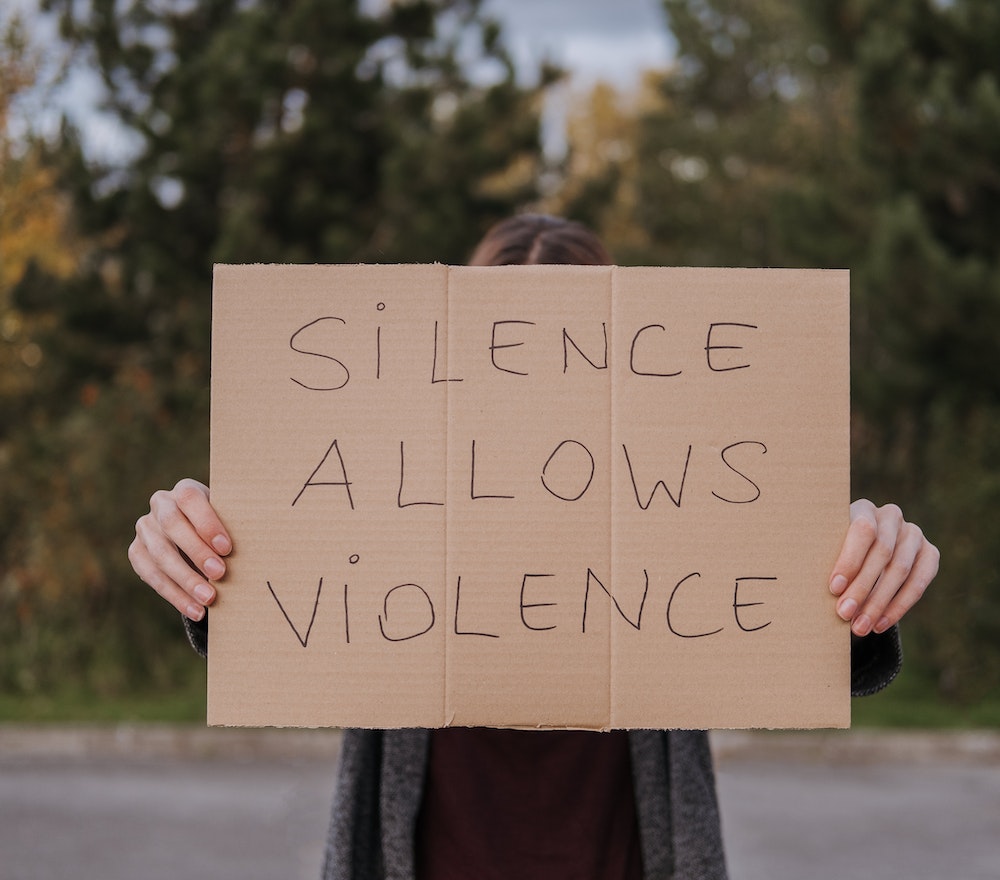
According to the report of the World Health Organization, about one in every three women is exposed to some form of Sexual and Gender-Based Violence (SGBV). Similarly, scrolling the national survey for LGBTIO Study Report (2023), four in five respondents from LGBTIQ+ communities had experienced at least one form of violence in their lifetime.
Gender and sex are not synonyms. Sex refers to the biological characteristics of the human that define who is male or female based on his/her reproductive organs, chromosomes and hormones. Whereas gender is a social construct.
Gender refers to the roles, behaviours, activities, and attributes that a given society at a given time considers appropriate for men/women, and non-binary people. Non-binary people can be identified as a separate or intermediate third gender or who identifies himself/herself with more than one gender or none.
The attributes, opportunities and relationships that construct gender are learned through socialisation processes. These are context-specific or time-specific and changeable.
Generally, man or boy and woman or girl are the terms normally used when talking about gender. While male and female are normally used when referring to sex. Gender diversity and fluidity should be acknowledged beyond binary concepts.
It is important to notice that SBGV includes more than just physical violence, and not all SBGV acts result in physical injury or death, as some of them may result in psychological or socio-economic harm. It encompasses all forms of violent sexual acts, whether attempted or carried out and can occur in any setting, including within a family.
What exactly is SGBV?

SGBV refers to any form of violence that targets individuals based on their biological sex, or gender identity. It is a global issue. It includes physical, sexual, and psychological abuse, threats, coercion, arbitrary deprivation of liberty, neglect and economic deprivation related to gender, whether occurring in public or private life.
It is recognised as a serious violation of human rights and a major obstacle to achieving gender equality, peace, and environment.
Types of SGBV

Various types of SGBV occur all over the world. Each type of SGBV has unique characteristics and impacts having various manifestations. It includes and not limited to sexual violence, physical violence, psychological violence, socio-economic violence, and verbal violence.
Sexual violence is the violence in any form of sexual activity that occurs without consent, including non-consensual sexual contact, sexual exploitation and rape. Physical violence includes physical harm or threat of physical harm that includes slapping, punching kicking, genital mutilation, femicide, infanticide etc.
Psychological violence includes acts of emotional abuse like verbal threats, intimidation, disrespect, manipulation, and control. Socio-economic violence is the use of economic means to control or abuse someone, such as restricting access to finances, prohibition from work, and denial of educational opportunities.
Verbal violence refers to any form of spoken or written language that is used to belittle, demean, intimidate, or threaten such as sexist jokes, defamation and body shaming.
Notably, these forms of SGBV are not mutually exclusive and often intersect with each other. Thus, identifying the different types of SGBV is crucial for the development of effective policies, programmes, and interventions to prevent and respond to this pervasive problem.
Who are the perpetrators of SGBV?
Any person whose motive for sexual abuse is based on sex and gender-related aspects is a perpetrator. As SGBV is rooted in unequal power dynamics between genders, predominantly men who perpetrate most cases of SGBV against women, girls, and third gender.
However, men or boys can also be targeted, particularly when subjected to torture or detention in conflict situations. Meanwhile, women or third gender can also be perpetrators of SGBV.
Who are the victims or survivors?
A victim might be a person who has directly experienced violence but also those indirectly affected by it including children born from rape. A survivor is a person who has experienced violence and is on the path of healing, as it implies strength and resilience.
However, Survivor is the preferred term, highlighting their agency and resilience in overcoming violence.
Main drivers of SGBV
When looking at the factors that enable SGBV, it’s helpful to categorise them into two groups: root causes and contributing factors. Root causes are the factors that are underlying systemic issues that produce SGBV. These factors include disrespect for human rights, abuse of power, gender inequality, socio-cultural attitudes towards gender, financial control, and weak participation in decision-making. These are the main but not limited reasons why violence exists in our society.
Contributing factors refer to situations, circumstances, or conditions that increase the likelihood of SGBV, but they are not the root cause of the problem. These include poverty, lack of police protection, alcohol and drug abuse, lack of education, conflict and insecurity.
Conflict is one of the main contributing factors that includes scarcity of essential resources. This scarcity somehow leads people to resort to desperate measures to survive, such as engaging in survival begging, stealing, the pursuit of social identity or even sex. This vulnerability exposes the people struggling to survive to potential violence, exploitation, or abuse by others.
Another major contributing factor is the lack of community and state protection. It can cause erosion of the rule of law as the lawmakers and law enforcement entities are not doing their job which further enables impunity that allows SGBV perpetrators to act without consequences. Ultimately, survivors may lack access to justice, legal aid, and support services in such situations. Displacement, whether internal or external, changing cultural and gender norms with new responsibilities, and destructed or weakened infrastructure hampers access to vital services and information that can make the decision-making much harder in such a manner that the victim neither could not report incidents nor seek help from the relevant authorities.
Nevertheless, effective law enforcement, and access to education, decrease the risk of SGBV. These root causes and contributing factors are not exhaustive and the drivers of sexual and gender-based violence are often context-specific.






















